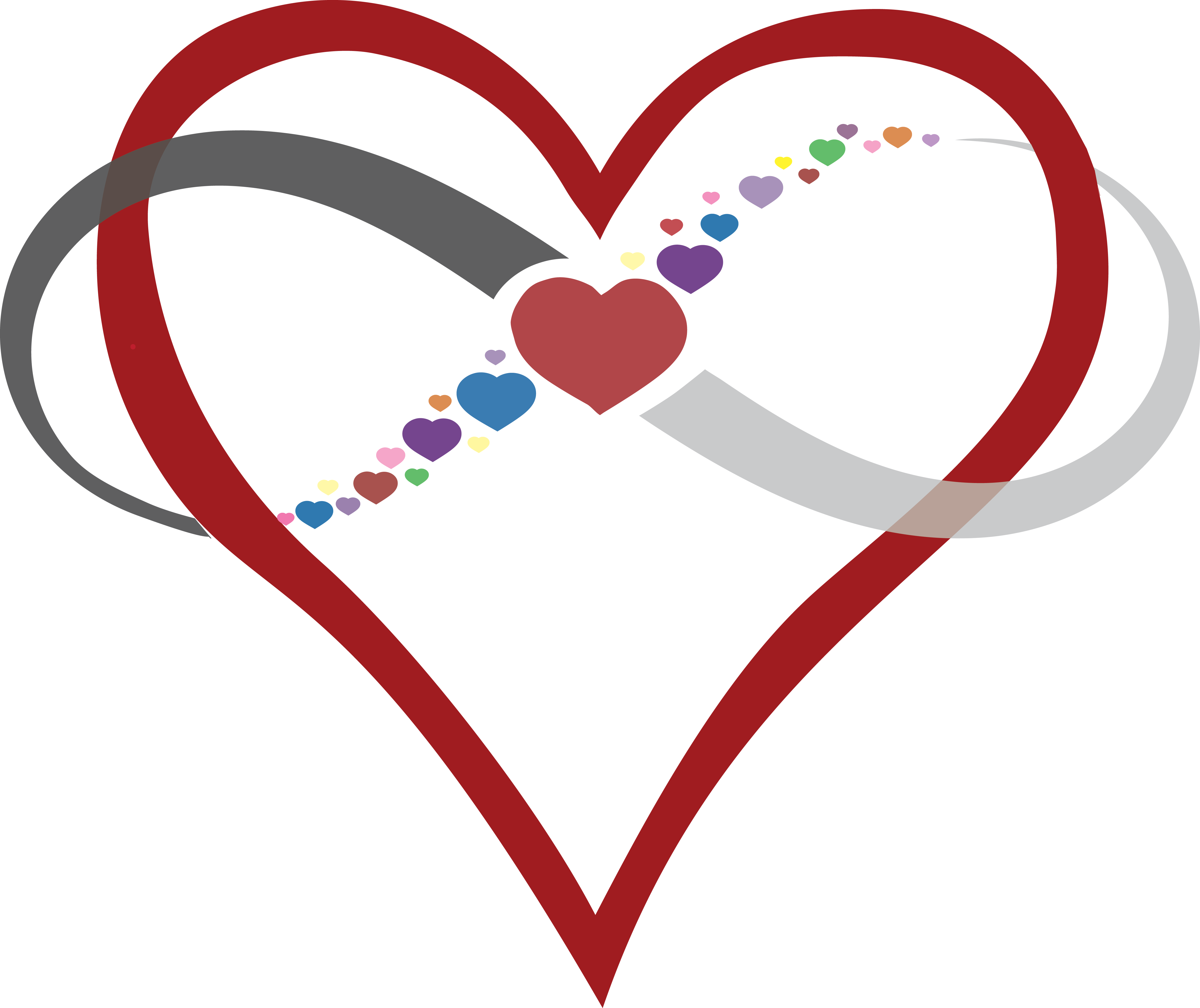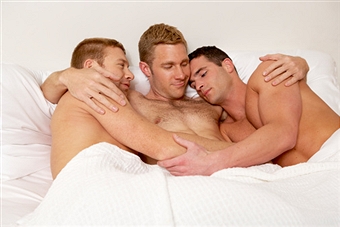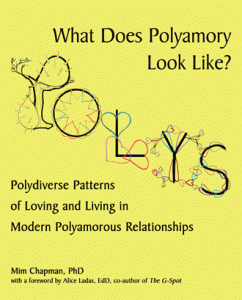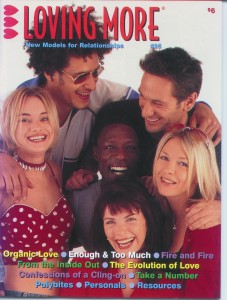
THE 12 PILLARS OF POLYAMORY
Please leave this field empty New to Polyamory? Sign up for the Newsletter and stay informed If you haven’t already, sign up below to stay

 When people ask “What is
When people ask “What is To these inventors of the word, and to polyfolk ever since, “polyamory” connotes multiple romantic relationships carried out with certain assumptions and ideals: of honesty and clear agreements among partners, mutual good will and respect among all involved, intense interpersonal communication, and high ethical standards. These ideals may or may not always be achieved in practice. But as the Wikipedia entry for polyamory succinctly puts it, “an emphasis on ethics, honesty, and transparency all around is widely regarded as the crucial defining characteristic.”
To these inventors of the word, and to polyfolk ever since, “polyamory” connotes multiple romantic relationships carried out with certain assumptions and ideals: of honesty and clear agreements among partners, mutual good will and respect among all involved, intense interpersonal communication, and high ethical standards. These ideals may or may not always be achieved in practice. But as the Wikipedia entry for polyamory succinctly puts it, “an emphasis on ethics, honesty, and transparency all around is widely regarded as the crucial defining characteristic.”
 If it sounds complex, that’s because it can be as complicated as the emotions and connections involved. A polyamorous relationship is very much a design-it-yourselves project. This is one reason why polys put such stock in abundant, honest communication — and why it can all look pretty confusing. In her book What Does Polyamory Look Like?, longtime practitioner Mim Chapman describes five of the more common patterns in which people live polyamorously. This book is highly recommended to anyone looking to understand the complexities, and the different types of relationship ideals you may encounter in the community.
If it sounds complex, that’s because it can be as complicated as the emotions and connections involved. A polyamorous relationship is very much a design-it-yourselves project. This is one reason why polys put such stock in abundant, honest communication — and why it can all look pretty confusing. In her book What Does Polyamory Look Like?, longtime practitioner Mim Chapman describes five of the more common patterns in which people live polyamorously. This book is highly recommended to anyone looking to understand the complexities, and the different types of relationship ideals you may encounter in the community.Page Authors: Robyn Trask and Alan M.
Copyright 2013

Please leave this field empty New to Polyamory? Sign up for the Newsletter and stay informed If you haven’t already, sign up below to stay

a Movie Review by Robyn Trask It is refreshing to see a movie where a polyamorous relationship is shown as simply a part of the

Dear Loving More Community, It is with a heavy heart that I bring the sad news that Deborah “Taj” Anapol has passed away. She was

Following the Supreme Court decision on same sex marriage last month, the media and internet have gone crazy over the questions raised about polyamory and/or

Loving More Press Release-7/1/15 On Friday, June 26th the Supreme Court made the landmark decision that effectively legalized same sex marriage in all fifty states.

Please Help! Awareness of Polyamory Consensual Non-Monogamy Has Exploded Bringing an Opportunity to Move Us Toward Polyamory Acceptance. DONATE NOW Polyamory awareness has exploded in
Input your search keywords and press Enter.